Protists are a diverse group of eukaryotic organisms belonging to Kingdom Protista. There are few similarities between individual members of this Kingdom, as it includes all the eukaryotes that are not animals, plants, or fungi.
Most protists are microscopic and unicellular, though a few species are multicellular. Typically, protists reproduce asexually, though some are capable of sexual reproduction. Some protists are heterotrophs, and feed on other microscopic organisms and carbon-rich materials they find in their surrounding environment; others are photosynthetic and make their own food using chloroplasts.
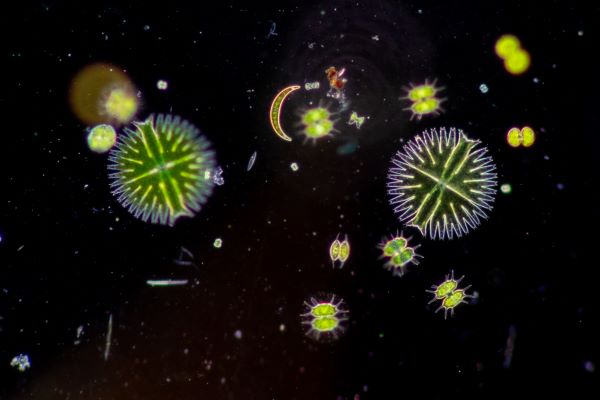
Classification of Protists
Protists are always eukaryotic, and all protists contain a nucleus and other membrane-bound organelles. They are typically unicellular organisms, though a few are multicellular. Protists live in aquatic environments and may be found in freshwater, saltwater, or damp soil habitats.
Besides these features, the members of Kingdom Protista have little in common with one another. Protists come in a wide variety of different forms and may be classified as animal-like, plant-like, or fungus-like, depending on their characteristics.
Animal-like Protists
Animal-like protists are called protozoa (meaning ‘first animal’). All protozoans are unicellular and heterotrophic, meaning they seek out food in their surrounding environments. Some animal-like protists prey on other, smaller microorganisms, which they engulf and digest in a process known as phagocytosis. Others may feed on non-living, organic matter. Many protozoa have a mouthlike structure through which they can ingest food particles, while some absorb nutrients through their cell membrane.
Protozoa typically have digestive vacuoles but, unlike other types of protists, they don’t contain chloroplasts. Animal-like protists also lack a cell wall.
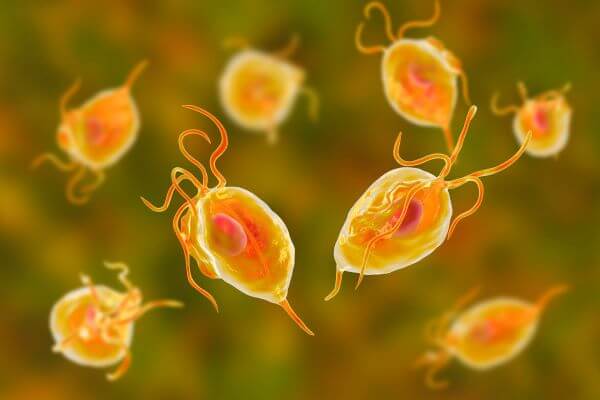
Examples of Animal-like Protists
There are four main types of animal-like protists; these are the amoeba, the flagellates, the ciliates, and the sporozoans.
Amoeboid Protozoans
Amoeba are characterized by the presence of pseudopodia, or ‘false feet,’ which they use to catch bacteria and smaller protists.
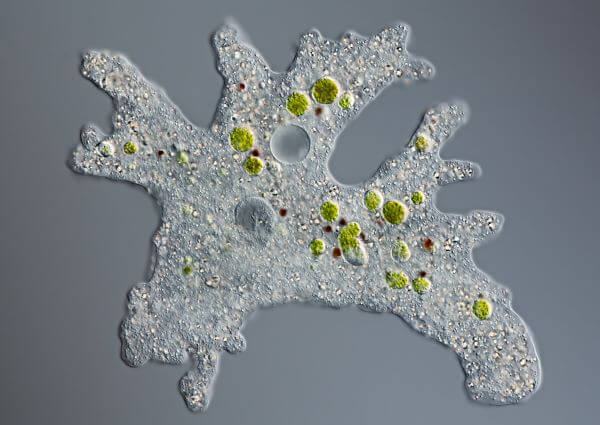
Flagellated Protozoans
Flagellates have flagella, whip, or tail-like structures which they use to propel themselves through water. Some flagellates are parasitic, while others are free-living.
Ciliated Protozoans
Ciliates are covered in cilia, tiny hair-like structures which they use to move around and waft food into their mouths.
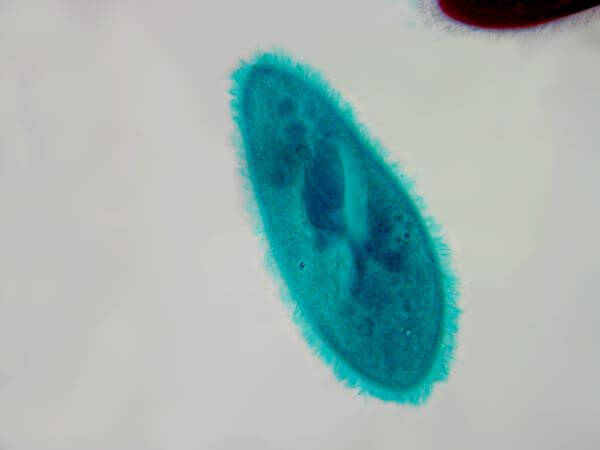
Sporozoans
Sporozoans are parasitic organisms. One famous example is Plasmodium, the parasite known to cause malaria.
Fungus-like Protists
Fungus-like protists are known as molds. Like true fungi, they are heterotrophic feeders and absorb nutrients from decaying organic matter in their environment. They also reproduce using spores. However, they differ from true fungi in that their cell walls contain cellulose, rather than chitin.
Examples of Fungus-like Protists
The two major types of fungi-like protists are slime molds and water molds.
Slime Molds
Slime molds are often found on rotting logs, where they feed on decaying organic matter. These molds are often unicellular but, when food is scarce, can swarm together to form a slimy mass. These brightly colored blobs can move very slowly in their search for food and, in some cases, can fuse to form one enormous, multinucleated cell.

Water Molds
Water molds usually live on the surface of water, or in damp soil and, like slime molds, feed on decaying organic matter. This group contains several plant pathogens, including the devastating potato disease known as potato blight.
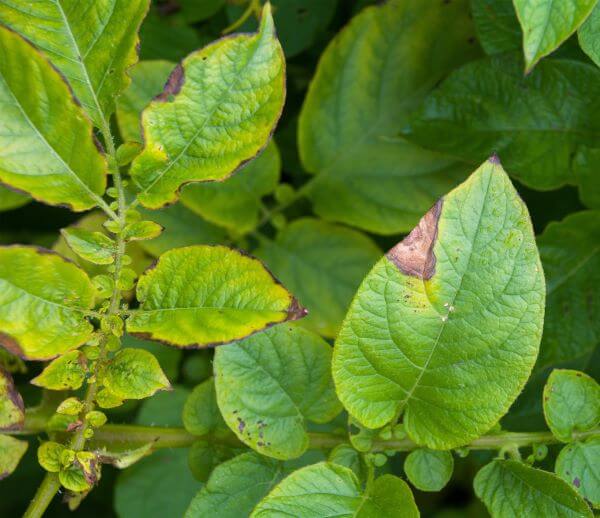
Plant-like Protists
Plant-like protists (AKA algae) are usually photosynthetic organisms, and most contain chloroplasts and/or chlorophyll. Algal cells usually have a cell wall which, like the cell walls of true plants, contain cellulose. However, unlike true plants, algae lack leaves, stems, and roots. Plant-like protists may reproduce asexually or sexually.
Most algal species are unicellular, though some form large, multicellular structures (for example, seaweeds). Plant-like protists live in aquatic environments and most species are found in oceans, lakes, and ponds.
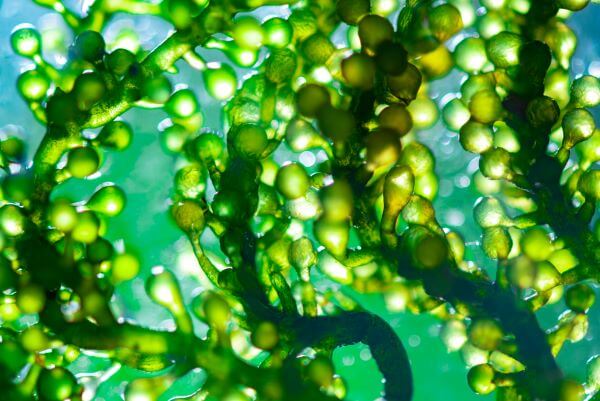
Examples of Plant-like Protists
The 7 major groups of algae are red algae, green algae, brown algae, fire algae, golden-brown algae, yellow-green algae, and euglenids.
Red Algae
Red algae are typically found in tropical marine environments where they often grow on flat surfaces, such as reefs. Though red algae may be unicellular, they are typically multicellular organisms and form a variety of seaweeds.
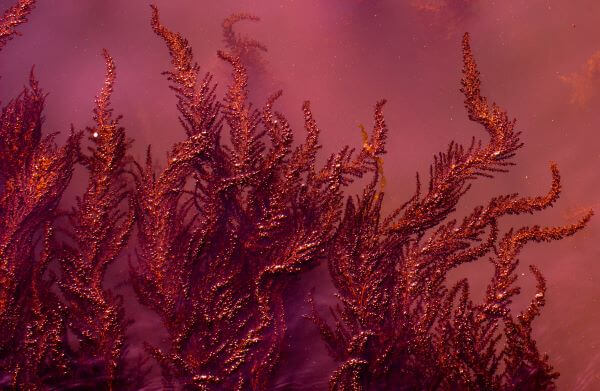
Green Algae
Green algae are the most abundant group of algae. They contain chloroplasts and cell walls and are thought to be the evolutionary ancestors of land plants. Green algae may be unicellular or multicellular.
Brown Algae
Brown algae are typically found in marine environments. They are multicellular organisms and form a variety of plant-like species. The largest known example of brown algae is the giant kelp, which often grows to over 30m in length.
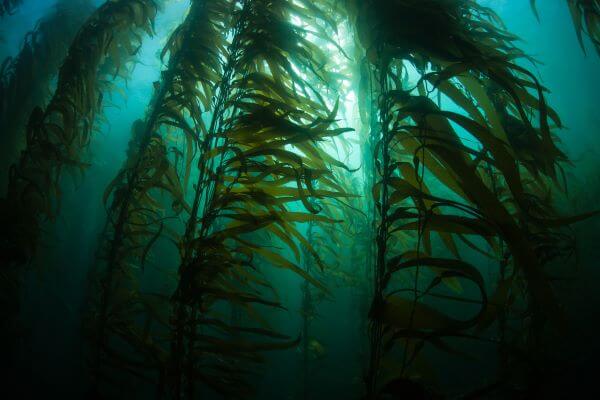
Fire Algae
Fire algae include a group of unicellular organisms called the dinoflagellates. Some dinoflagellates are bioluminescent and can light up the surface of the ocean with an eerie, night-time glow. When present in large numbers, dinoflagellates can also cause a phenomenon known as ‘red tide.’
Golden-brown Algae and Diatoms
Golden-brown algae can be found in both marine and freshwater environments. This group includes the diatoms, photosynthetic organisms with transparent cell walls made of silica. Many species of marine plankton are diatoms.

Yellow-green Algae
Yellow-green algae are photosynthetic organisms that live predominantly in freshwater environments. Many have a cell wall that does not contain cellulose (as in plants and algae) or chitin (like fungi and molds). The cell wall composition of yellow-green algae is almost completely unknown.
Euglenids
Euglena are photosynthetic algae that are found in a variety of aquatic habitats. Euglenids typically have one or more flagella but lack a cell wall, and are instead encased by a protein-rich structure called a pellicle.
